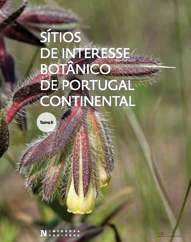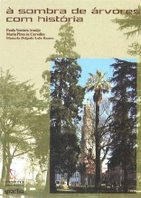"In a Japanese Garden" - Lafcadio Hearn
.
«...There are two sakuranoki [Cerasus pseudo-cerasus (Lindley)], 'Japanese cherry-trees', those trees whose blossoms, as Professor Chamberlain so justly observes, are "beyond comparison more lovely than anything Europe has to show." Many varieties are cultivated and loved; those in my garden bear blossoms of the most ethereal pink, a flushed white. When, in spring, the trees flower, it is as though fleeciest masses of cloud faintly tinged by sunset had floated down from the highest sky to fold themselves about the branches. This comparison is no poetical exaggeration; neither is it original: it is an ancient Japanese description of the most marvellous floral exhibition which nature is capable of making. The reader who has never seen a cherry-tree blossoming in Japan cannot possibly imagine the delight of the spectacle. There are no green leaves; these come later: there is only one glorious burst of blossoms, veiling every twig and bough in their delicate mist; and the soil beneath each tree is covered deep out of sight by fallen petals as if by a drift of pink snow.
But these are cultivated cherry trees. There are others which put forth their leaves before their blossoms, such as the yamazakura, or mountain cherry. This too, has its poetry of beauty and of symbolism. Sang the great Shintô writer and poet, Motowori:
Shikishima no
Yamato-gokoro wo
Hito-towaba,
Asa-hi ni niou
Yamazakura bana.
("If one should ask you concerning the heart of a true Japanese, point to the wild cherry flower glowing in the sun.")
.
Whether cultivated or uncultivated, the Japanese cherry-trees are emblems. Those planted in old samurai gardens were not cherished for their loveliness alone. Their spotless blossoms were regarded as symbolizing that delicacy of sentiment and blamelessness of life belonging to high courtesy and true knightliness. "As the cherry flower is first among flowers," says an old proverb, "so should the warrior be first among men."»
Lafcadio Hearn, "In a Japanese Garden", Glimpses of Unfamiliar Japan (Tokyo: Charles E. Tuttle) 355-56.
.
(Enviado pela DK - eu sabia que ela ia comentar ;-) a propósito de Jardim de Cerejeiras





Sem comentários :
Enviar um comentário